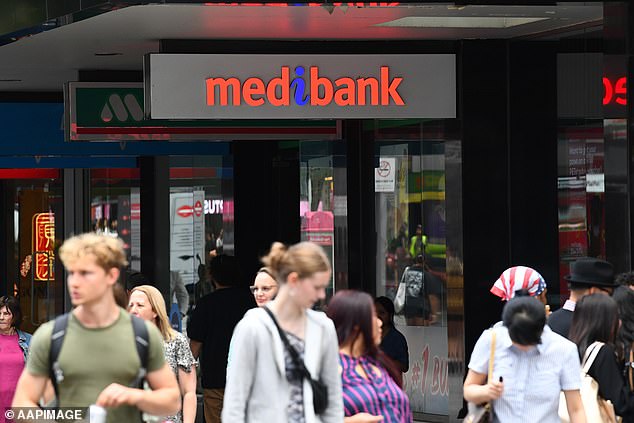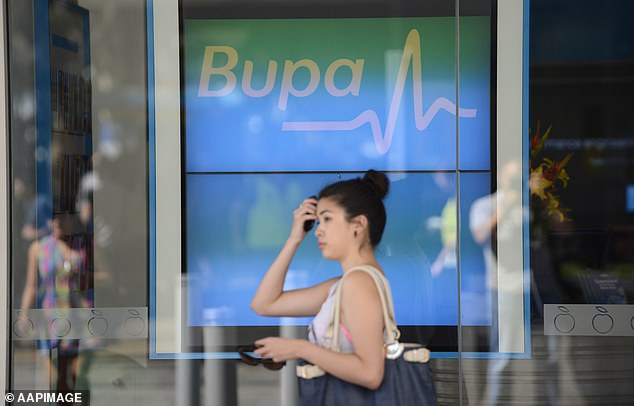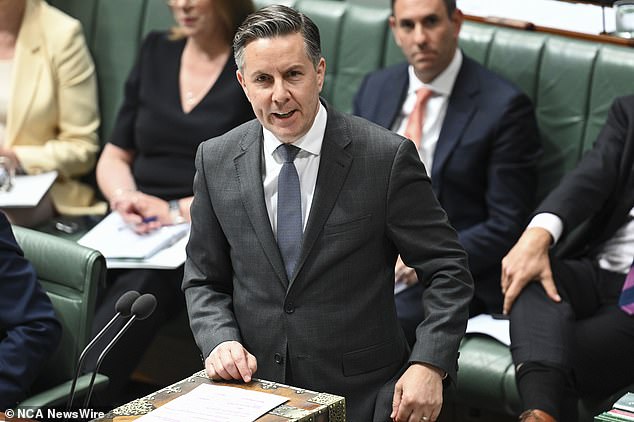<!–
<!–
<!– <!–
<!–
<!–
<!–
Australians will wake up on Monday paying more for their private health insurance coverage.
More than 15 million will see their premiums rise by more than 3 per cent in the biggest increase in five years.
Customers of the country’s largest private health fund, Medibank Private, will pay 3.3 per cent more, while Bupa prices will increase by 3.6 per cent.
HSF policyholders will see a 4 percent increase and NIB premiums will increase by 4.1 percent.
Tasmania-based Health Care Insurance won the trophy for having the smallest increase in its average premium, just 0.3 per cent.

Clients of the country’s largest private health fund, Medibank Private, will pay 3.3 percent more


Meanwhile, Bupa prices will increase by 3.6 percent, HSF will see a 4 percent increase and NIB premiums will increase by 4.1 percent.
Meanwhile, CBHS Corporate Health members will be hit with a 5.8 per cent increase.
Federal Health Minister Mark Butler approved the average 3.03 per cent increase across the 31 insurers in early March, stressing it was lower than the annual rise in wages and inflation.
“The increase in health insurance premiums is much smaller than the increase in the cost of other insurance products, which increased by about 17 percent in 2023,” he said at the time.
Insurers can increase premiums annually, but the Minister of Health must approve any increase.
Last year, Butler rejected the health funds’ initial request to increase rates by up to 6 percent.
About 55 per cent of Australia’s population is covered by private health insurance, and the cost is partially subsidized by the government through a tax rebate that reduces as the policyholder’s income increases.
Last year, health insurers paid more than $23.5 billion in health and medical benefits to policyholders.
Insurers say they are doing everything they can to keep premiums reasonable.
“We know that many households are having a tough time right now and our approach has been to balance the impact of rising healthcare costs with the need to keep premiums affordable for our customers,” said Milosh Milisavljevic, chief customer officer at Medibank.
‘Premium increases are never welcome, which is why we have worked hard to ensure this year’s is as low as possible, despite rising healthcare costs in the private system.


Health Minister Mark Butler (pictured) approved the premium increases in March.
It is also lower than the price increases seen in other insurance, such as auto and home insurance.
Bupa Health Insurance CEO Chris Carroll knows that “many household budgets remain under real pressure”.
“We want our members to know that we are working hard to help ensure they continue to have access to high-quality, affordable healthcare,” said Mr. Carroll.
‘Bupa’s premium adjustment this year is lower than inflation and rising healthcare costs.
“We know that every dollar helps and that’s why we’ve returned $1.35 billion to our customers through refunds and premium deferrals.”
Health insurance premiums have increased quite modestly in recent years: 2.9 percent in 2023 and 2.7 percent in both 2022 and 2021.
However, overall premiums have increased markedly, rising more than 17 percent in 2023 and contributing significantly to consumer price growth measures.
A competition watchdog investigation published in December found that the industry’s net profit after tax rose 110 percent to nearly $2.2 billion in fiscal 2023, up from $1 billion in the 12 previous months.
